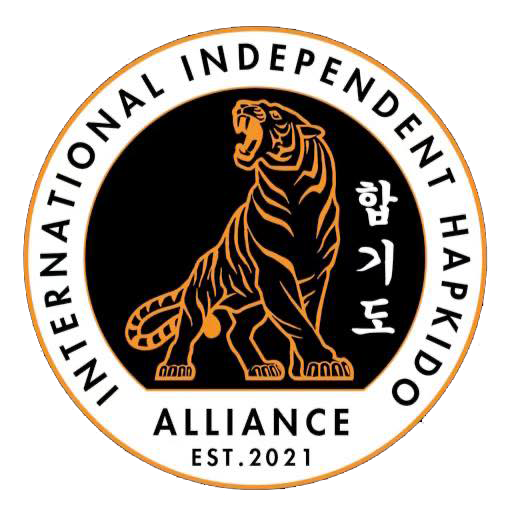
The Top 12 Areas of Continuing Education for Hapkido Instructors by KJN Fred Parks
Hapkido is a Korean martial art that combines striking, grappling, and throwing techniques. It is a versatile and effective martial art that can be used for self-defense, fitness, and competition. Hapkido instructors play an important role in teaching and promoting this martial art. To be effective instructors, they need to continue their education and stay up-to-date on the latest techniques and trends.

Here are the top 12 areas of continuing education for Hapkido instructors:
Hapkido history and philosophy: Hapkido is a relatively young martial art, but it has a rich history and philosophy. Instructors should learn about the origins of Hapkido, its founder, and its core principles.
Hapkido techniques: There are many different Hapkido techniques, and instructors should be proficient in a wide range of them. They should also learn how to teach these techniques to students of all levels.
Hapkido sparring: Sparring is a great way to test and improve one’s Hapkido skills. Instructors should learn how to spar safely and effectively.
Hapkido self-defense: Hapkido is a versatile martial art that can be used for self-defense in a variety of situations. Instructors should learn how to teach students how to defend themselves against common attacks.
Hapkido fitness: Hapkido is a great way to get in shape. Instructors should learn how to incorporate fitness into their Hapkido classes.
Hapkido competition: Hapkido can be a competitive martial art. Instructors should learn how to prepare students for competition.
Hapkido teaching methods: There are many different teaching methods, and instructors should find one that works best for them. They should also learn how to motivate and inspire their students.
Hapkido business management: Running a successful Hapkido school requires good business management skills. Instructors should learn how to market their school, attract students, and manage their finances.
Hapkido safety: Hapkido is a safe martial art, but there is always the potential for injury. Instructors should learn how to minimize the risk of injury in their classes.
Hapkido ethics: Hapkido is a martial art that is based on the principles of self-defense, non-violence, and respect. Instructors should teach their students these principles and how to apply them in their everyday lives.
Hapkido research: Hapkido is a constantly evolving martial art. Instructors should stay up-to-date on the latest research and developments in Hapkido.
Hapkido community involvement: Hapkido is more than just a martial art. It is also a community. Instructors should get involved in their local Hapkido community and help to promote the art.
Continuing education is essential for Hapkido instructors who want to be effective teachers and promote the art. By learning in these 12 areas, instructors can improve their knowledge, skills, and abilities. They can also stay up to date on the latest trends and developments in Hapkido. This will help them to create a positive and rewarding experience for their students.
In addition to the 12 areas listed above, there are many other topics that Hapkido instructors may want to consider learning about. These topics may include:
First aid and CPR
Nutrition and fitness
Child development
Psychology
Public speaking
Business management
Marketing
Legal issues
Insurance
By continuing their education, Hapkido instructors can become more knowledgeable, skilled, and effective teachers. They can also help to ensure that their students have a safe and rewarding experience.
I hope this article has convinced you of the importance of continuing education for Hapkido instructors. If you are interested in learning more, please E-mail us at worldhapkidonews@gmail.com
With utmost sincerity,
KJN Fred M. Parks
Be sure to follow us on social media.
- Like our page at https://www.facebook.com/internationalindependenthapkidoalliance
- Subscribe to our channel at https://www.youtube.com/worldhapkidonews
- Join our group at https://www.facebook.com/groups/koreanmartialarts





